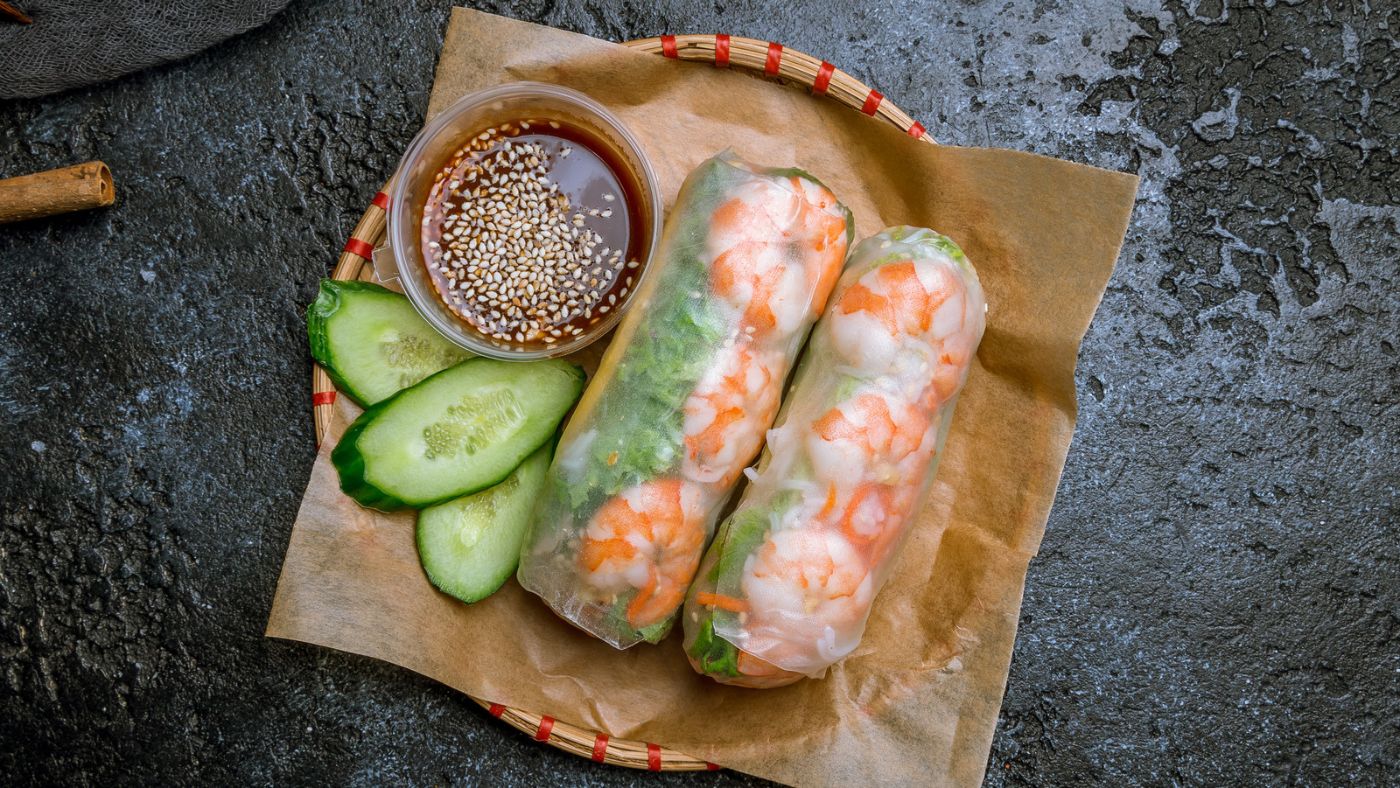

Articles
How To Store Vietnamese Spring Rolls
Modified: December 7, 2023
Learn how to store Vietnamese spring rolls and keep them fresh for longer periods of time. This articles provides helpful tips and techniques for proper storage.
(Many of the links in this article redirect to a specific reviewed product. Your purchase of these products through affiliate links helps to generate commission for Storables.com, at no extra cost. Learn more)
Introduction
Spring rolls are a delicious and popular appetizer in Vietnamese cuisine. These crispy and flavorful rolls are made with a combination of fresh vegetables, herbs, and proteins, all wrapped in a thin rice paper wrapper. They are commonly served with a dipping sauce and make for a satisfying and refreshing snack or addition to any meal.
Whether you are hosting a party, preparing a meal in advance, or simply want to enjoy spring rolls at your convenience, knowing how to store them properly is essential. In this article, we will guide you through the process of storing Vietnamese spring rolls to help you maintain their freshness and flavors for as long as possible.
Key Takeaways:
- Store Vietnamese spring rolls in airtight containers or wrap them tightly in plastic to maintain freshness. Label and separate different flavors, and enjoy them as appetizers, snacks, or meal additions.
- Get creative with spring roll fillings and serving options. Experiment with fruits, sauces, and pairings to elevate your dining experience. Store properly for extended enjoyment and convenience.
Read more: How To Store Spring Rolls
Ingredients
The ingredients required for Vietnamese spring rolls vary depending on your personal preferences and dietary restrictions. Here is a basic list of ingredients commonly used:
- Rice paper wrappers
- Protein options such as cooked shrimp, grilled chicken, or tofu
- Fresh vegetables like lettuce, carrots, cucumbers, and bean sprouts
- Herbs such as cilantro, mint, and Thai basil
- Rice vermicelli noodles
- Dipping sauce ingredients like fish sauce, soy sauce, lime juice, garlic, and chili peppers
Feel free to get creative and incorporate other ingredients to suit your taste. You can add sliced avocados, mangoes, or even pickled vegetables for more flavor and variation.
Equipment
Before you begin making and storing Vietnamese spring rolls, it’s important to have the right equipment on hand. Here are the essential tools you will need:
- A large bowl filled with warm water for soaking the rice paper wrappers
- A cutting board and a sharp knife for slicing the vegetables and protein
- Tongs or chopsticks for handling the rice paper wrappers and ingredients
- A clean, damp cloth or paper towels to keep the rice paper moist
- Plates or trays for assembling and storing the spring rolls
- Saran wrap or plastic wrap to cover the assembled spring rolls
- Airtight containers or resealable plastic bags for long-term storage
Having these tools readily available will make the process of making and storing Vietnamese spring rolls much easier and more efficient.
Preparation
Before you can start rolling and storing Vietnamese spring rolls, it’s important to prepare all the ingredients beforehand. Here’s a step-by-step guide to help you get organized:
- Start by washing and preparing your vegetables. Thinly slice the lettuce, julienne the carrots, cucumber, and any other vegetables you plan to use. Set them aside.
- If using protein such as shrimp or chicken, make sure it is cooked and cooled before assembling the spring rolls.
- Cook the rice vermicelli noodles according to the package instructions. Drain and rinse them with cold water to stop the cooking process.
- Prepare your dipping sauce by combining fish sauce, soy sauce, lime juice, minced garlic, and chopped chili peppers. Adjust the flavors to your liking. You can also prepare other dipping sauce variations if desired.
- Once all the ingredients are prepared, set up your rolling station. Fill a large bowl with warm water. Take a rice paper wrapper and submerge it in the water for a few seconds until it becomes pliable. Place it on your work surface.
- Now, you’re ready to start rolling your spring rolls. Add a small amount of each ingredient to the center of the rice paper wrapper. Fold the sides over the filling, then tightly roll it up, making sure to tuck in the edges as you go. Repeat this process until all the ingredients are used.
- Place the finished spring rolls on a plate or tray lined with a clean, damp cloth or paper towels to prevent them from drying out.
With the preparation steps completed, you can now move on to storing your Vietnamese spring rolls to keep them fresh and ready to enjoy later.
Rolling the Spring Rolls
The process of rolling Vietnamese spring rolls can seem daunting at first, but with a little practice, it becomes easier and more enjoyable. Here’s a step-by-step guide on how to roll spring rolls:
- Fill a shallow bowl or plate with warm water. It should be wide enough for you to dip the rice paper wrapper in.
- Dip one rice paper wrapper into the warm water for about 5-10 seconds, or until it becomes soft and pliable. Do not soak it for too long, as it will become too sticky and difficult to work with.
- Gently lift the soaked rice paper wrapper from the water and lay it flat on a clean, flat surface, such as a cutting board or a clean countertop.
- Starting from the bottom edge of the wrapper, place a small amount of your desired ingredients in a horizontal line, leaving a small gap on either side.
- Fold the bottom edge of the rice paper wrapper over the filling, tucking it in tightly.
- Take the two sides of the wrapper and fold them in towards the center, creating a tight seal around the filling. Make sure the sides are folded over completely to prevent any filling from falling out.
- Continue rolling the wrapper from the bottom up, keeping it tight as you go. Roll it up completely until the top edge of the wrapper seals the roll.
- Place the finished spring roll on a platter or tray and cover it with a damp cloth or plastic wrap to prevent it from drying out. Repeat the process with the remaining ingredients.
Practice makes perfect when it comes to rolling spring rolls, so don’t worry if your first few attempts are not perfect. The more you roll, the more you’ll improve your technique.
After assembling the Vietnamese spring rolls, store them in an airtight container lined with damp paper towels to prevent them from drying out. Keep them refrigerated and consume within 2-3 days for the best taste and texture.
Read more: How To Store Fresh Spring Rolls
Storing the Spring Rolls
Once you have rolled your Vietnamese spring rolls, it’s important to store them properly to maintain their freshness and prevent them from drying out. Here are a few methods to store your spring rolls:
- If you plan to consume the spring rolls within a few hours, you can simply cover them with a damp cloth or plastic wrap and leave them at room temperature. This method will keep the spring rolls moist and ready to eat.
- If you need to store the spring rolls for a longer period, you can refrigerate them. Place the spring rolls in an airtight container or wrap them individually in plastic wrap. This will help prevent them from drying out and keep them fresh for up to 24 hours.
- For longer storage, you can freeze the spring rolls. Individually wrap each spring roll in plastic wrap, then place them in a freezer-safe container or a resealable plastic bag. They can be stored in the freezer for up to a month.
When you’re ready to enjoy the stored spring rolls, remove them from the fridge or freezer and let them come to room temperature. If they were frozen, you can reheat them by baking or air-frying until they are crispy and heated through.
It’s important to note that while refrigeration and freezing can help extend the shelf life of spring rolls, they may not be as crispy as when they are freshly made. However, the flavors will still be delicious.
Tips for Better Storage
To ensure the best storage for your Vietnamese spring rolls, here are some tips to keep in mind:
- Make sure the spring rolls are completely cooled before storing them. If they are still warm, condensation can form inside the container and make the rolls soggy.
- When storing in the refrigerator or freezer, it’s important to use airtight containers or wrap each spring roll tightly in plastic wrap. This will prevent air and moisture from seeping in and affecting the texture and taste.
- If you plan to freeze the spring rolls, it’s best to consume them within a month for optimal taste and texture.
- Label the containers or freezer bags with the date of storage, so you can keep track of the freshness of the spring rolls.
- If you’re storing different types of spring rolls with varying fillings or flavors, it’s helpful to separate them with parchment paper or plastic dividers to prevent them from sticking together.
- When thawing frozen spring rolls, allow them to come to room temperature before reheating or consuming. This helps to preserve the flavors and prevent the rice paper from becoming rubbery.
- If you’re storing spring rolls with dipping sauce, it’s best to store them separately. Keeping the sauce separate will prevent the spring rolls from becoming soggy.
By following these tips, you can ensure that your Vietnamese spring rolls stay fresh, flavorful, and enjoyable for longer periods of time.
Serving Suggestions
Vietnamese spring rolls are incredibly versatile and can be enjoyed in various ways. Here are some serving suggestions to elevate your spring roll experience:
- Serve the spring rolls as an appetizer or snack at parties, gatherings, or family meals. They make a refreshing and healthy option that everyone will enjoy.
- Pair the spring rolls with a variety of dipping sauces to enhance their flavors. Traditional Vietnamese dipping sauces like fish sauce, peanut sauce, or hoisin sauce are popular options. You can also experiment with other sauces like sweet chili sauce or soy ginger sauce.
- Add a side of fresh herbs and lettuce leaves for wrapping. Encourage your guests to create their own lettuce wraps by placing a spring roll in a lettuce leaf, adding some herbs, and dipping it into the sauce.
- Incorporate spring rolls into your main course by slicing them into bite-sized pieces and tossing them into a salad or noodle dish. This adds a unique texture and flavor to your meal.
- Enjoy the spring rolls as a light and healthy lunch. Pack them in your lunchbox along with some extra dipping sauce for a satisfying and nutritious meal on the go.
- Serve the spring rolls alongside other Vietnamese dishes like pho or banh mi sandwiches for a complete Vietnamese meal experience.
- Experiment with different fillings and flavors to create your own unique spring roll variations. Try adding fruits, like mango or avocado, for a touch of sweetness, or incorporate different sauces and marinades to customize the flavor profiles.
Remember to let your creativity flow and have fun with your spring roll presentation and combinations!
Conclusion
Vietnamese spring rolls are not only delicious but also versatile and easy to store for later enjoyment. By following the proper storage techniques and utilizing airtight containers or plastic wrap, you can prolong the freshness of your spring rolls, whether in the refrigerator or the freezer.
Whether you’re hosting a gathering, preparing meals in advance, or simply craving a tasty snack, knowing how to store Vietnamese spring rolls will ensure that you always have a convenient and satisfying option on hand.
Remember to take note of the tips provided, such as letting the spring rolls cool completely before storing, using airtight containers, and labeling the storage containers for better organization. By applying these tips, you can extend the shelf life of your spring rolls and maintain their flavors and textures.
Enjoy your spring rolls as an appetizer, snack, or even incorporate them into main dishes. Pair them with various dipping sauces, fresh herbs, and lettuce wraps, and indulge in the delightful flavors of Vietnamese cuisine. Let your creativity shine by experimenting with different fillings and combinations.
With a little preparation and storage know-how, you can always have a taste of Vietnam at your fingertips. So, roll up those spring rolls, store them with care, and savor the flavors whenever you desire.
Frequently Asked Questions about How To Store Vietnamese Spring Rolls
Was this page helpful?
At Storables.com, we guarantee accurate and reliable information. Our content, validated by Expert Board Contributors, is crafted following stringent Editorial Policies. We're committed to providing you with well-researched, expert-backed insights for all your informational needs.
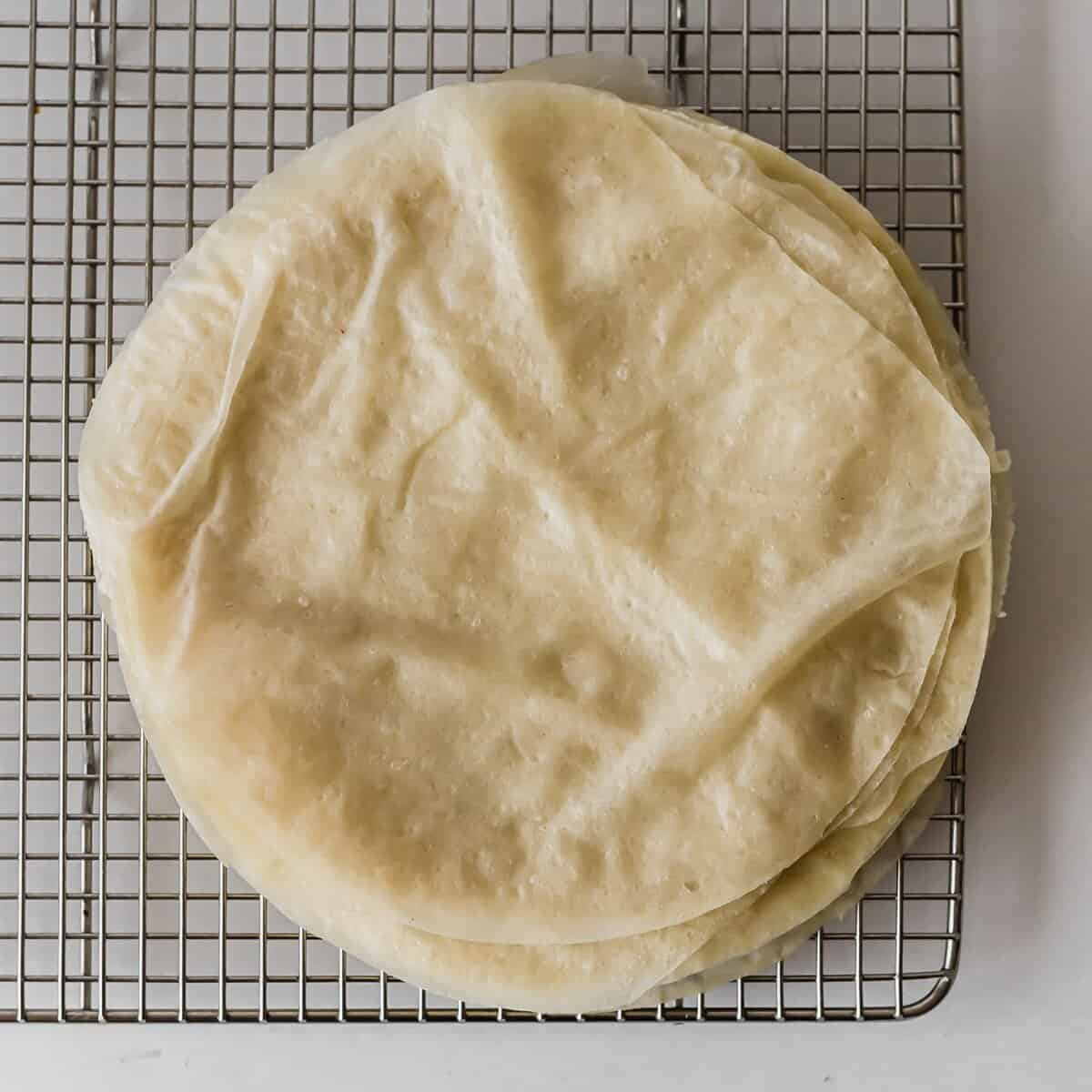
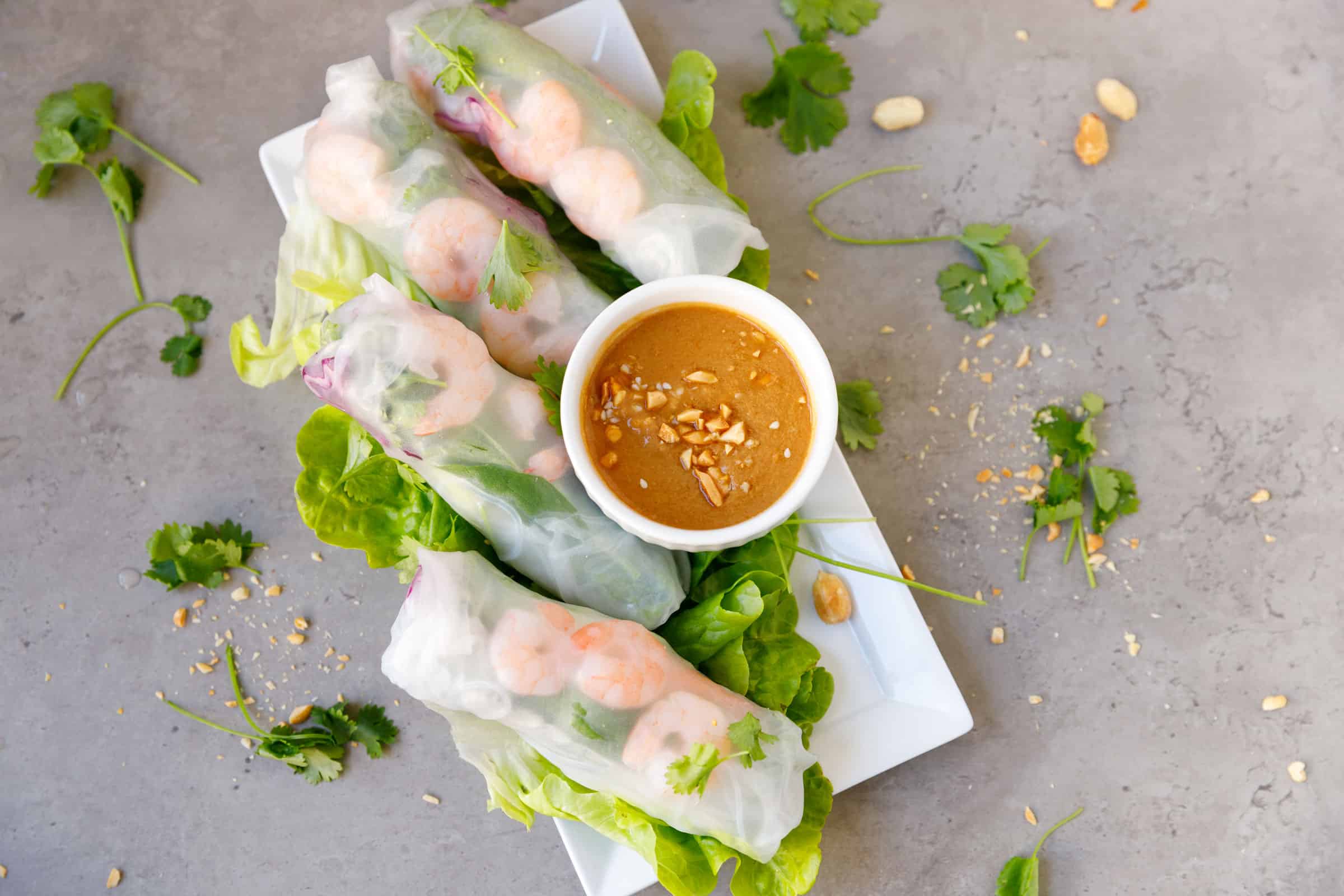
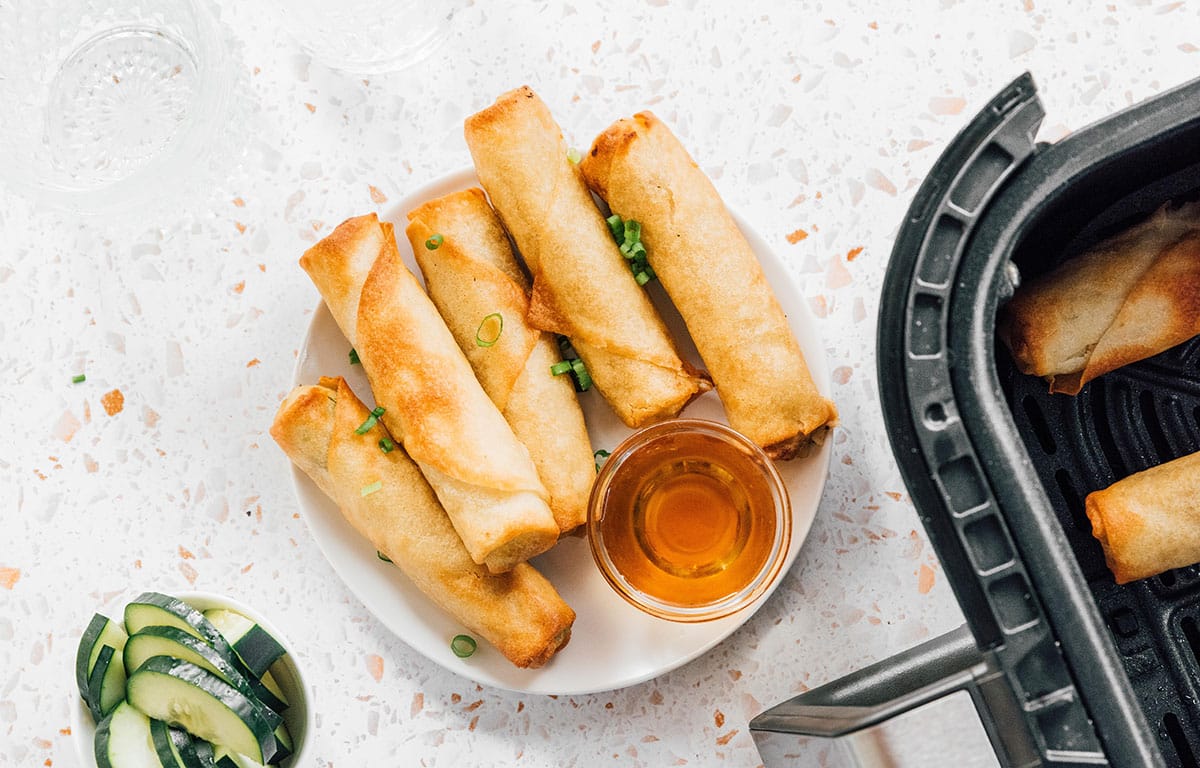
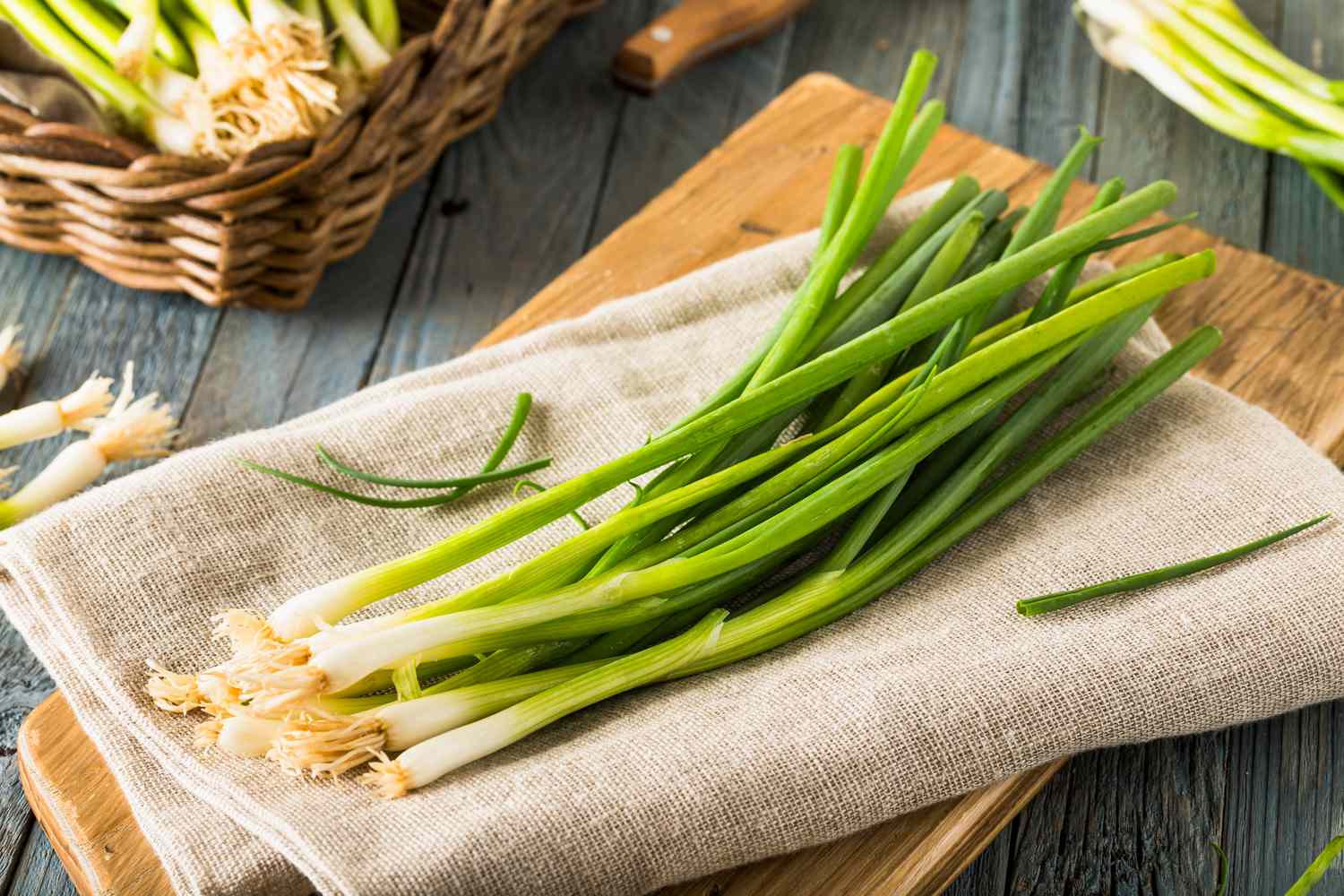

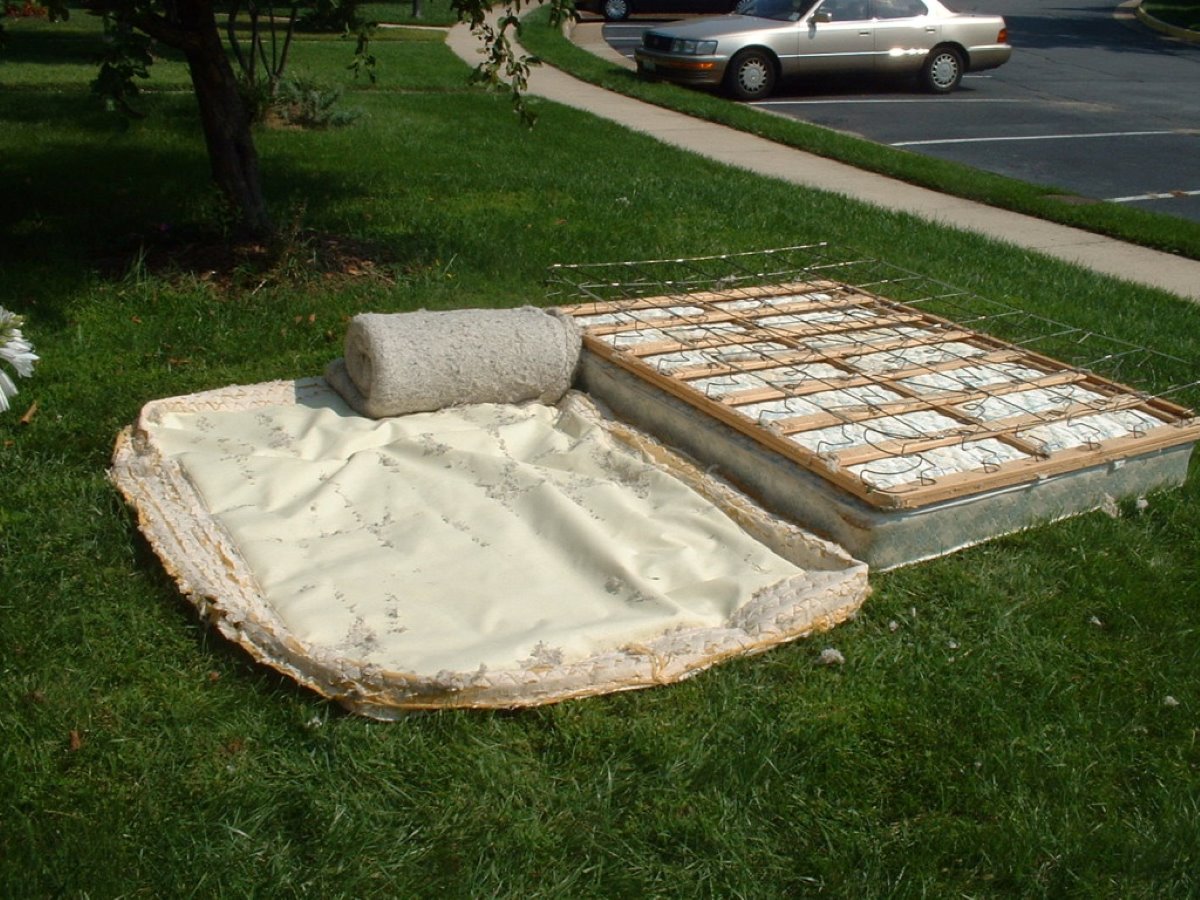
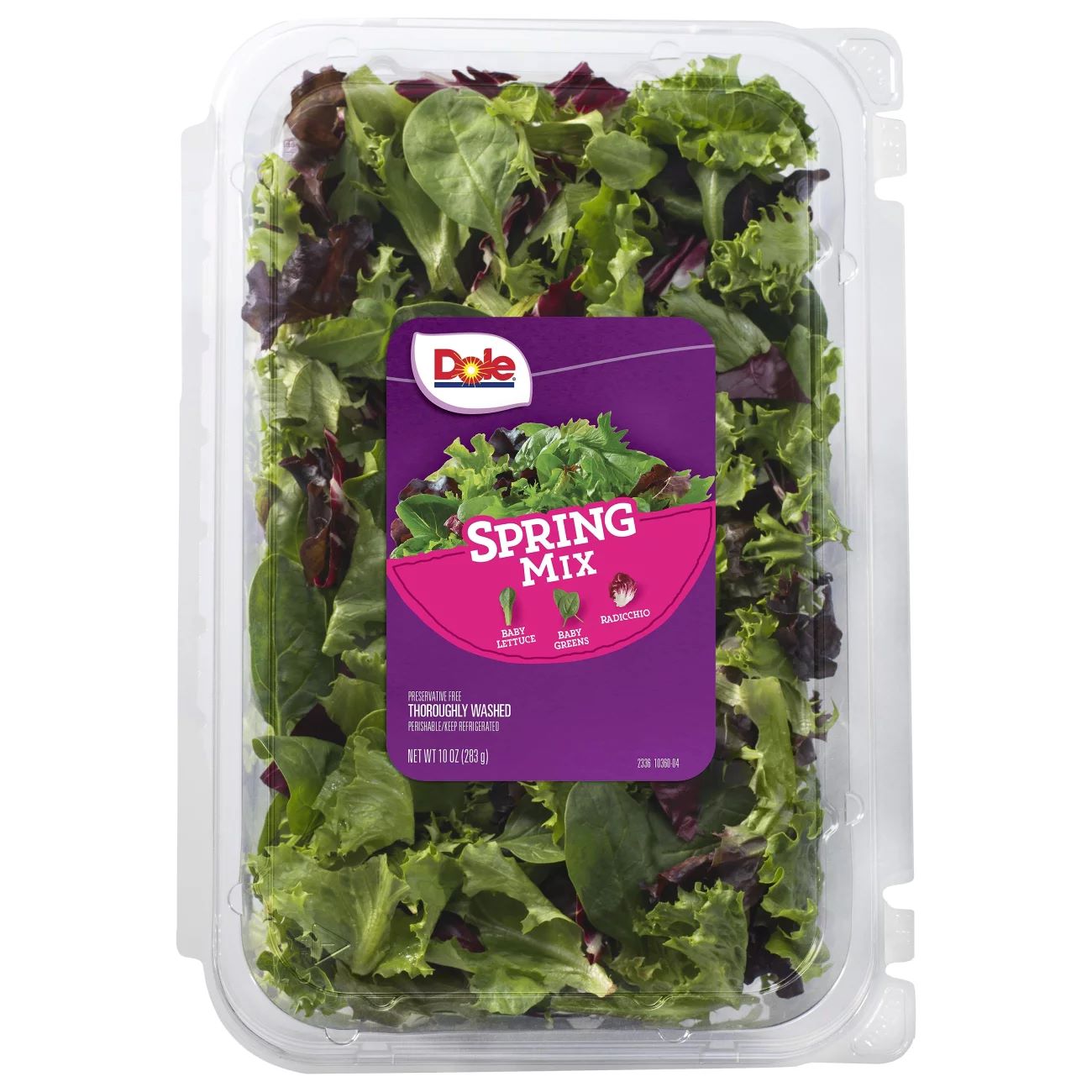
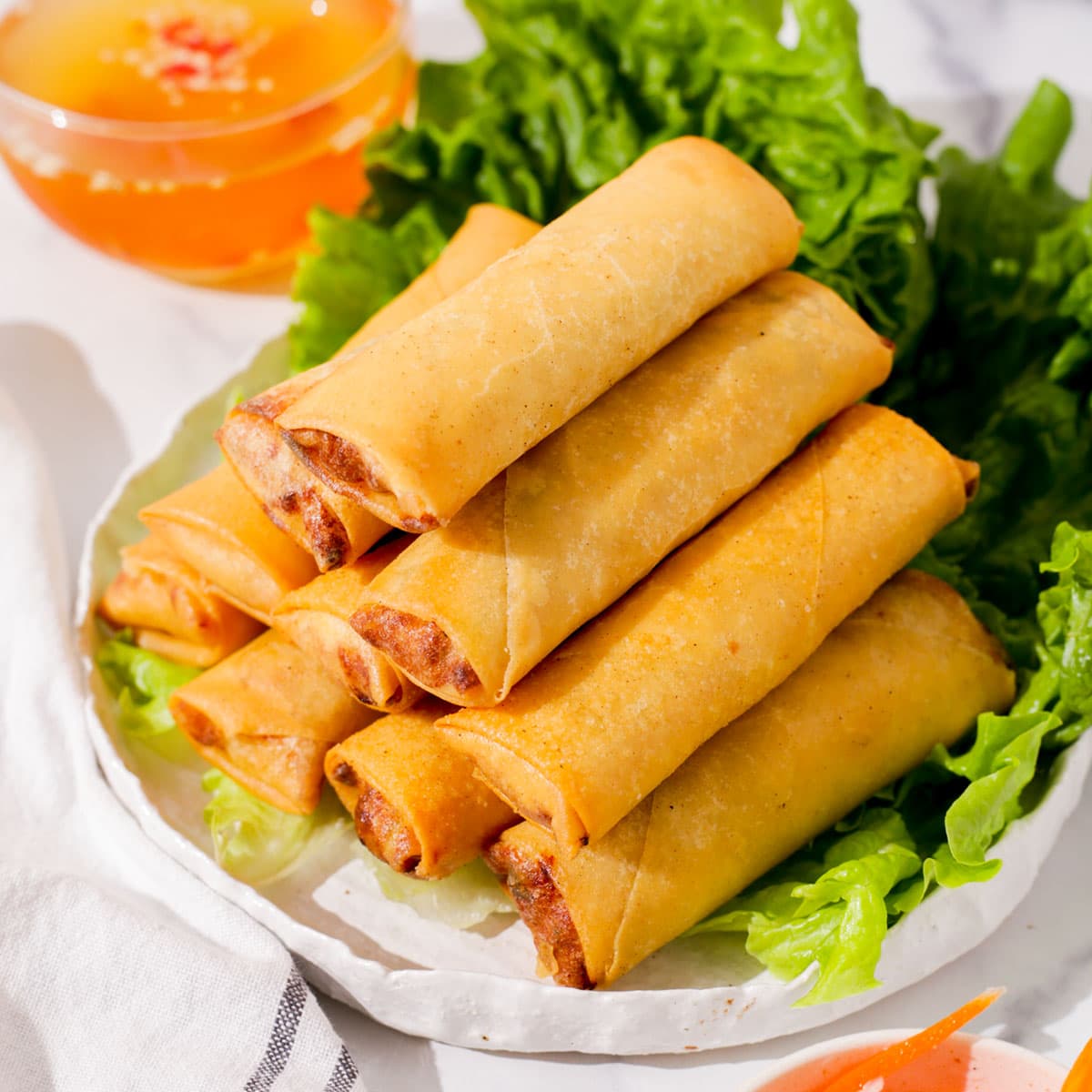
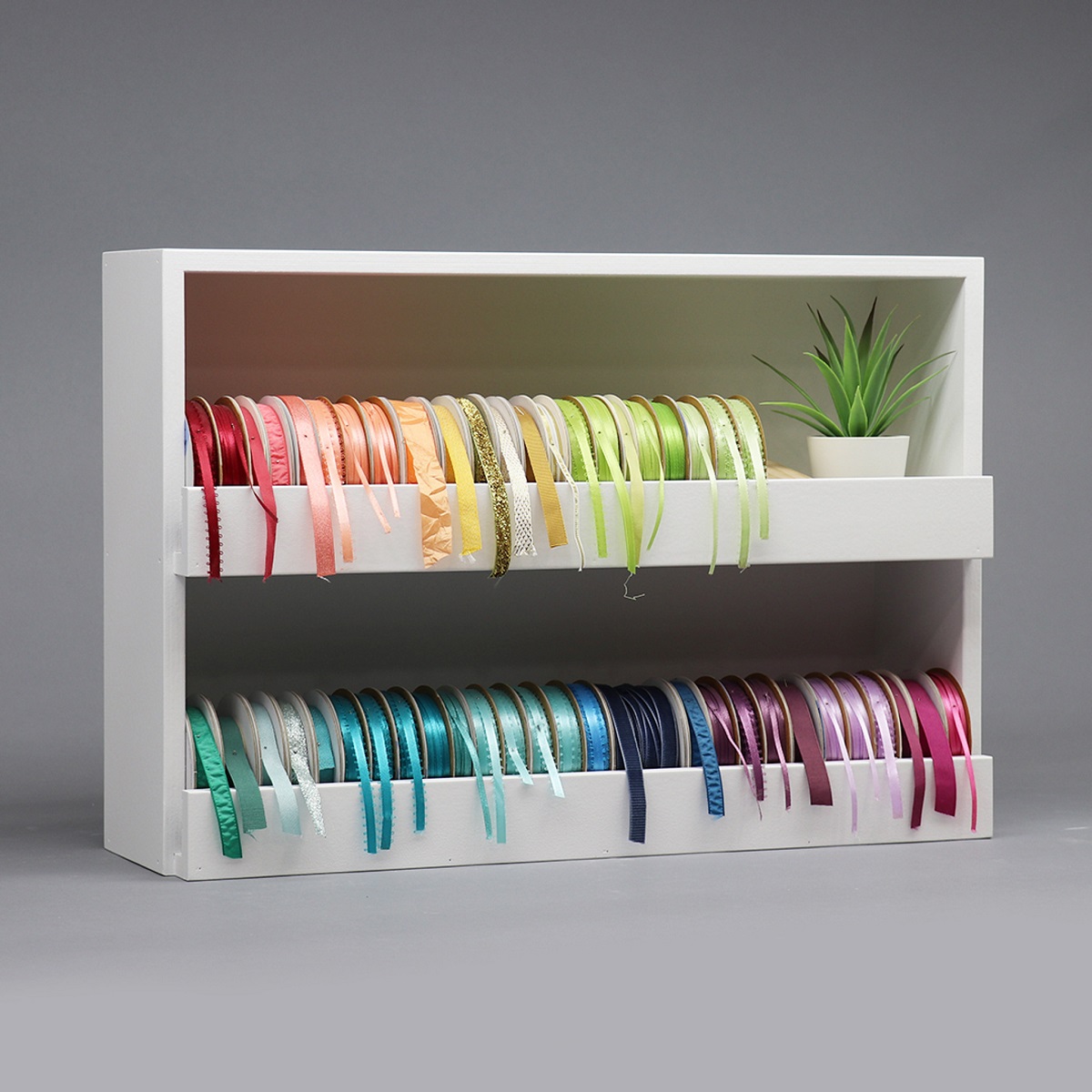

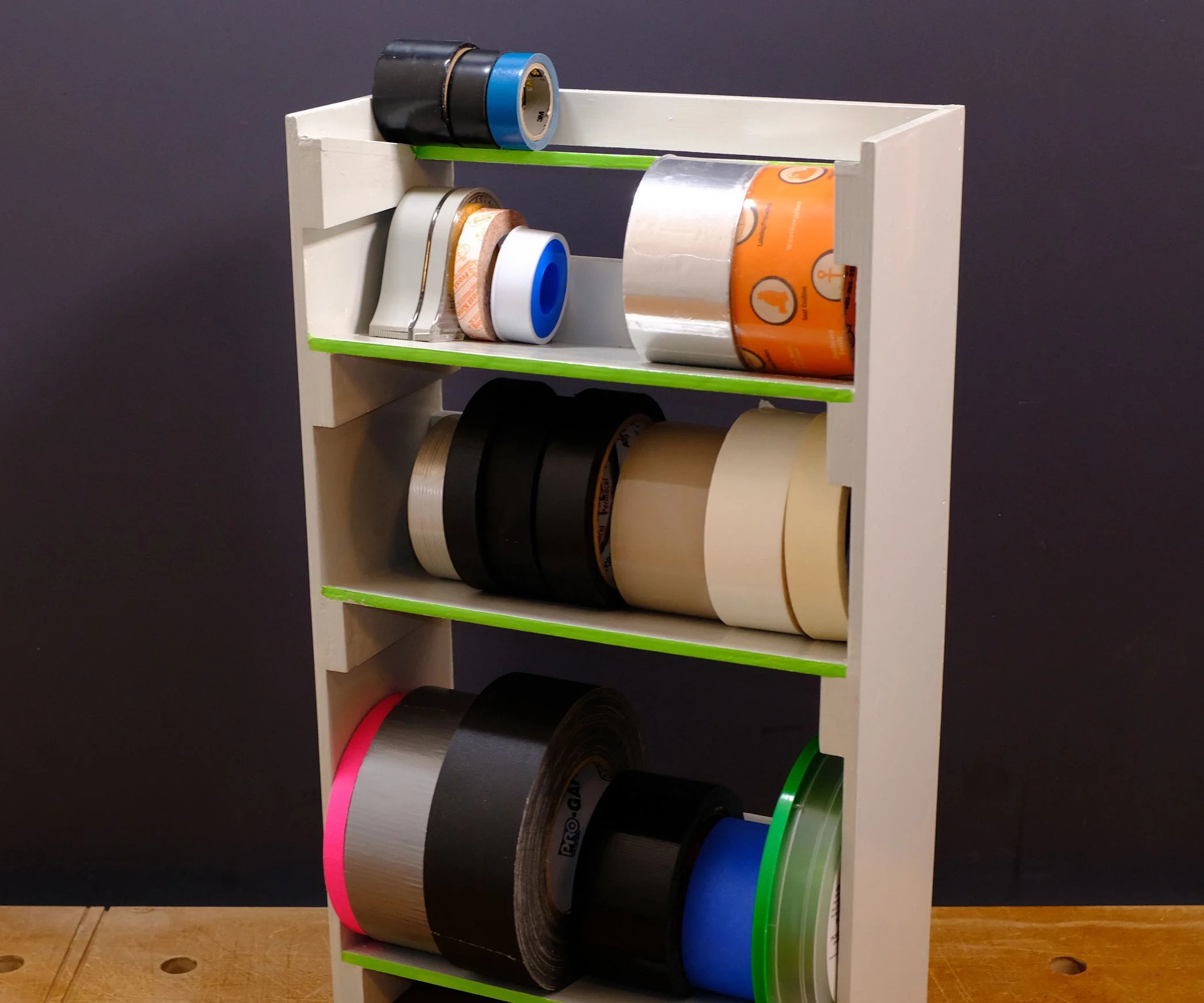
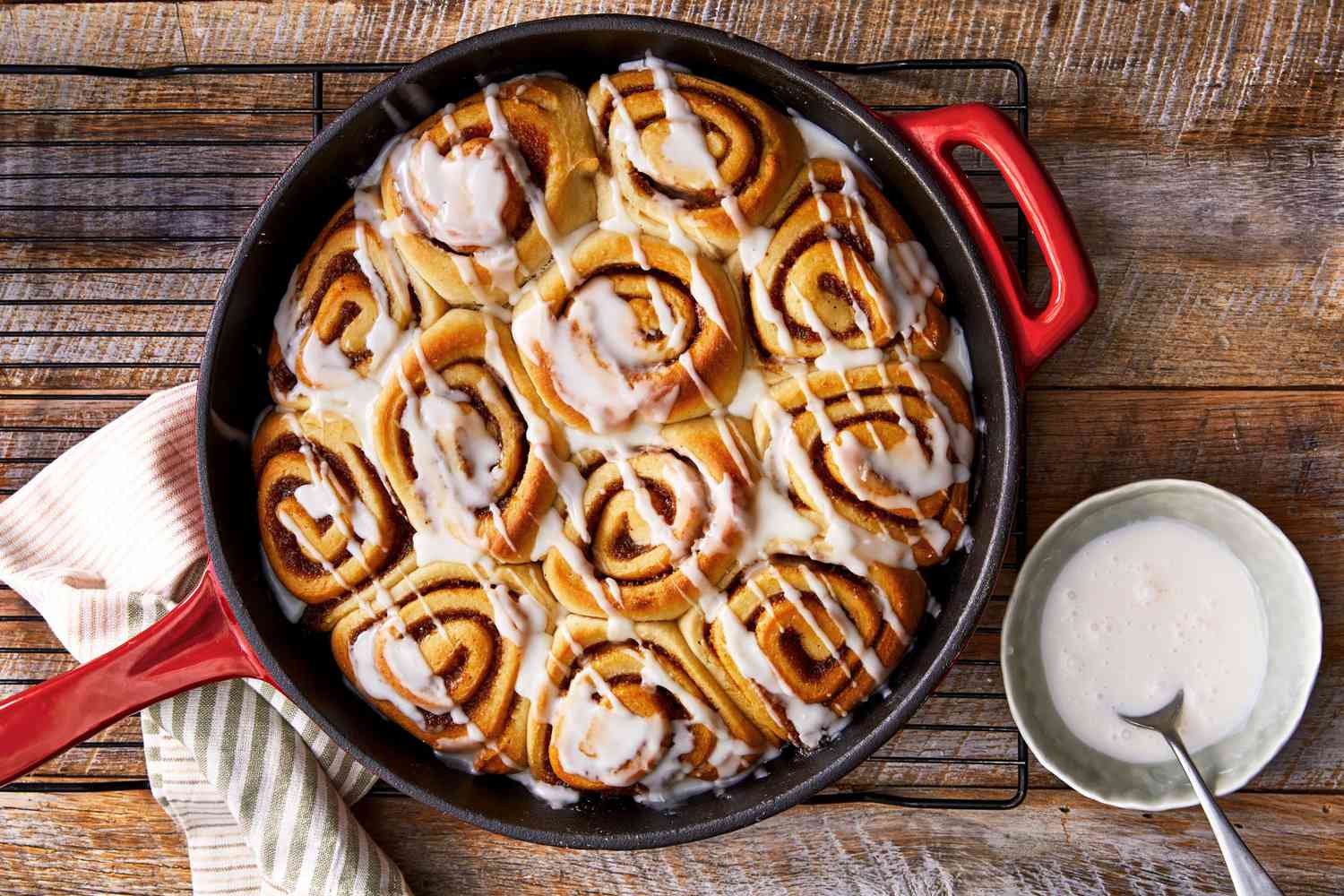
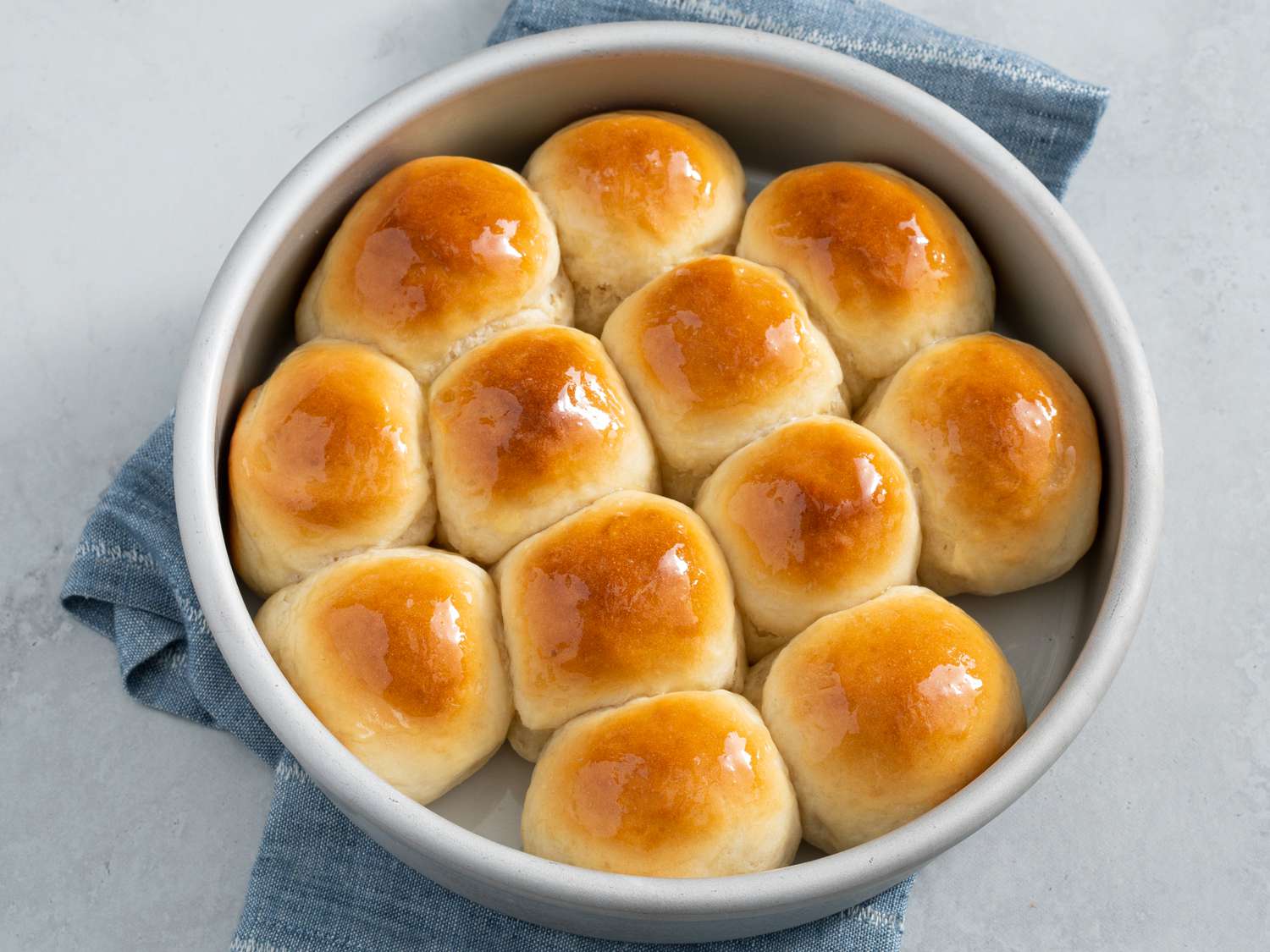


0 thoughts on “How To Store Vietnamese Spring Rolls”